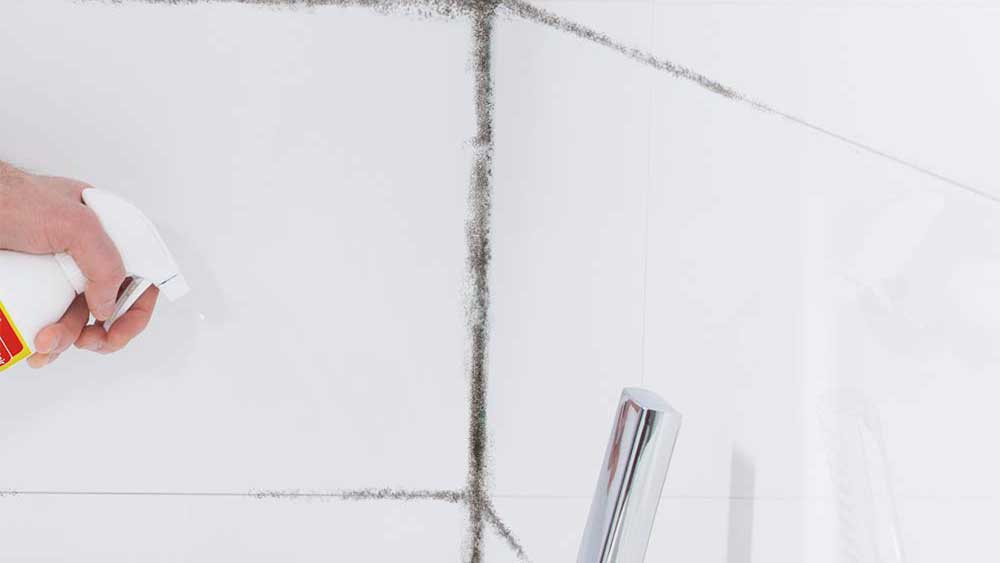
If you need to remove mold from walls around the home then you should act fast. The less mold growth you've got to deal with, the more successful you'll be. And, you'll want to tend to it quickly to know whether there's a bigger issue at hand.
If you've noticed small black dots – or patches – forming on a wall, reach for your rubber gloves now. Getting rid of mold around the home isn't the best chore but if you ignore mold, the problem will get worse.
Plus, breathing in mold spores is bad for you and it can make problems like allergies and asthma worse; the mold itself can damage plaster and wall coverings, too.
John Otero, Regional Director of PuroClean, "The Paramedics of Property Damage,” who are experts in mold remediation services says, 'Although it is safer to hire a certified mold remediation specialist, there is a chance that you can remove the mold yourself if there is a small amount of mold or where the mold is limited to the surface, as long as the affected area is smaller than 10 square feet.'
'You must wear protective clothing to reduce exposure and a mask to protect your airways. The affected area must be isolated so that it does not spread to other rooms and areas of the home.'
How to remove mold from walls
'There are many ways of dealing with mold on walls, but ultimately it will depend of whether the mold is ON the wall surface, or if it's IN the surface. Mold will grow on a painted surface if there is a constant supply of moisture in the air, as well as a food source for the mold spores to take advantage of.' Says Andrew pace, Founder of The Green Design Center.
'Take a bathroom for instance… steam from a hot shower will carry soap particles and dead skin cells along with it and eventually these attach to a wall. Any mold pores in the air will eventually land on that surface and proliferate. So, reducing the moisture by eliminating the shower steam will be the most effective way to reduce the possibility of mold growth.' Adds Pace.
Join our newsletter
Get small space home decor ideas, celeb inspiration, DIY tips and more, straight to your inbox!
David Mason, the owner of The Knobs Company, a home solutions company comments, 'The best way to get rid of mold on walls is to use bleach and detergent. If you want to be more natural, you can use a mixture of water and vinegar. If the mold is on the ceiling, you should remove it using a mixture of bleach and detergent. As long as you have a moldy wall, it's going to continue to produce spores. If the mold is due to humidity, you need to fix the problem.'
1. How to remove mold from painted walls – with or without bleach
Some swear by bleach for many cleaning jobs around the home including mold removal but where possible we try to keep things as natural as possible. Otero suggests using a regular household detergent instead:
'Dry the affected surface and scrub the walls using a mixture of household detergent and water (don’t use bleach), and then dry the surface as thoroughly as possible; try not to leave any moisture behind.'
Pace recommends bleach for a quicker option but says you can still use detergent if you prefer, 'It's best to take down the paint, although if you have an acrylic wall, you can place a solution of bleach and water over it to kill the mold. You can also use a mixture of detergent with water to remove mold from painted walls, although it might take more time.'
Masson comments, ''The most natural way to remove mold from walls is with a mixture of water and detergent, although if your major goal is to get rid of the mold, bleach will be a more effective weapon because it kills mold. If you have to choose between naturalness and effectiveness, go with the latter.'
If you are using bleach to remove the mold from the walls, wear gloves and a mask if possible. Then start by making a solution of one part bleach to three parts water, or use a household bleach spray. Apply to the mold, scrub with a stiff brush, rinse and dry. Repeat if necessary.
If you're tackling mold on bathroom walls, you can use bleach diluted one part with two parts water in a spray bottle; apply, allow to dry, apply again and scrub with your stiff brush. Rinse and repeat.
Kyle Richards, Co-founder of Best Overland Park Painters shares his method for cleaning mold off painted walls: 'Removing mold from walls can be done naturally by any DIY enthusiast. All you really need is a spray bottle and any of these three substances: hydrogen peroxide, vinegar, or baking soda. All of these are effective in killing the mold sticking to your walls. In the case of baking soda, it’s even effective in preventing the mold from coming back.'
'For painted walls, you have to be as gentle as you can to avoid scraping off the paint. This is why out of the three, I recommend hydrogen peroxide or vinegar the most, at least for physically removing the mold.'
2. How to remove mold from walls with vinegar
Vinegar – a mild white one is a good choice – can be sprayed on undiluted, left for an hour, then rinsed with hot water and dried with a microfibre cloth. It's ideal even for getting rid of mold on drywall.
Otero adds that it is one of the most natural methods to combat mold growth on walls, 'The most natural way to remove mold is with vinegar. Add white vinegar to a spray bottle (no water) and spray the vinegar on the surface mold, letting it sit for 30-minutes. Wipe the area clean with water. The vinegar smell will clear after 2-3 hours, but you can open a window to help aerate the space. This solution will work on both nonporous and porous materials, like drywall.'
Pace comments that if mold has begun to attack the drywall, then a more natural solution may not be sufficient. If mold is on the wall's surface, you can up the ante with borax, 'If mold does start to show on the surface, using a mixture of warm water, vinegar and borax in a spray bottle will remove the mold. If the situation is left to feature too long, mold can actually eat through into the surface of the paint and attack the drywall. At this point, the “natural” cleaning method won't work.' Should you try borax, be sure to wear appropriate safety gear also as it can be an irritant on skin.
3. How to remove mold from walls using steam
Steam can be a powerful cleaner and if often used to tackle dirty carpets and upholstery. Kaärcher boasts some of the best steam cleaners on the market and UK Retail Assistant Product Manager, James Mokler notes how 'Steam can be used to remove mould from interior walls, however this is all very dependent on the surface itself – some painted surfaces can be more sensitive than others. We'd recommend testing a small area of the wall on a low steam pressure utilising a microfiber cloth first to understand the sensitivity of the wall. After this more pressure and agitation can be used using our various accessories. Mould can easily be removed from tile grouting within the shower utilising the small bristle brush accessory.'
4. Using a mold remover spray to treat walls
You can of course use one of the best mould sprays – both when learning how to clean walls and other surfaces around the home (always check the application areas before buying).
If you've ever wondered how a good mold remover spray seems to just eat up the mold in no time, more efficiently than just bleach? Although all mold removing products will contain sodium hypochlorite (a.k.a bleach), they also contain sodium hydroxide, which is commonly known as lye or caustic soda. It works by interacting with organic compounds (it's commonly used in soap making for that reason). Unlike bleach, which can be safely used at home, lye must never be used on a DIY basis as it's corrosive, including to human skin. However, if you find it as an ingredient on the back of a mold spray, you're onto a winner: just always use gloves when applying it.
5. Removing mold from walls with baking soda
Baking soda, any kind from the store or even Amazon will do, is a cheap, gentle cleaning agent to use on surface mold; combine a teaspoon of liquid detergent with a cup of baking soda and add water to mix a paste. Apply to bathroom wall tiles and grout with a stiff brush (an old toothbrush will work well for grout and in hard to reach areas), leave to soak in, then rinse off. Repeat if necessary. This is a great way to simply clean grout.
Richards comments: 'Baking soda is effective but you have to do a lot of intense scrubbing to use it. But you can always put a layer of baking soda after the initial removal to reduce the chance of the mold coming back.'
Should you use bleach to remove mold from walls?
There is, as with most cleaning methods, a debate on whether or not to use bleach for mold on the walls. Bleach is a household staple for some but, always used with caution as it is strong.
Otero doesn't advocate for this method, 'Now, if you cannot call in a restoration company or the affected area is very small, a myth is circulating that says it is ok to use bleach to remove the mold. This is not recommended. Bleach is quite caustic and irritating; it can bleach fiber dyes and can corrode metals. It is recommended to use EPA-registeredproducts that are nature-inspired and have a thymol blend. These products are EPA-registered as a Category IV low-toxicity disinfectant, requiring no warning labels and no PPE.'
Is it bad to have mold on walls?
Some surface mold can be easily cleaned but it is important to identify the cause of the problem and to act fast as mold on the walls isn't good for your health or your home. Matt Kunz, President of Five Star Painting, a Neighborly company Kunz also recommends calling in a professional if you're dealing with an area larger than 10 square feet.
Mason comments, 'If you have a black mold problem, you need to hire a professional who can test what you're dealing with. If the mold is black and it's toxic, you'll need to remove everything that was affected, including drywall.'
Otero adds, 'If you believe that there might be black mold on your walls or ceilings, it’s important to check for signs of discoloration, moisture issues, and other changes in the structure of surfaces before taking any action. Have a restoration specialist come in and inspect the situation. If you have mold, it could be that water has come into the building, which could have come from a small leak in the wall, or the floor where water has migrated up the wall. You could also have a small roof leak, and when there is moisture and drywall, the potential for microbial growth life can exist. It is recommended to get an inspection as soon as possible,'
Will mold on walls just go away?
According to Otero, 'One misconception is that mold dies once the structure is dry and goes away.. That is incorrect. When mold growth is dried, it goes into a dormant state. This means that mold goes into a state of just being there, waiting for water or moisture to return. Mold will not just go away on its own; thus, it is important to take proper steps by calling in the professionals who will inform you of what kind of mold it is and how to remediate it.'
Mason agrees, 'Mold on walls isn't going to go away by itself. You have to remove it if you want to prevent more mold from growing. Even if you have a mold problem in multiple rooms, you need to deal with it in order.'
Can you paint over mold on a wall?
Kunz comments that although painting over mold seems like the obvious answer, 'it’s not a safe solution to a serious problem.' This goes for drywall also.
What can seem a quick and inexpensive fix will do you or your finances no good in the long run as it will simply conceal what could be a wider issue and a big health and safety hazard to your household.
How to prevent future mold growth on walls
Kunz comments, 'Because mold will likely come back even after it is cleaned, if the conditions that fostered it remain, it's important to improve ventilation in rooms prone to mold, fix the source of any water leaks, and keep humidity levels in your home and basement below 50%. This can be done by using air conditioning and de-humidifiers.' Picking up one of the best de-humidifiers can be a wise move to prevent future mold growth on walls.
Lucy is Global Editor-in-Chief of Homes & Gardens having worked on numerous interiors and property titles. She was founding Editor of Channel 4’s 4Homes magazine, was Associate Editor at Ideal Home, before becoming Editor-in-Chief of Realhomes.com in 2018 then moving to Homes & Gardens in 2021. She has also written for Huffington Post, AOL, UKTV, MSN, House Beautiful, Good Homes, and many women’s titles. Find her writing about everything from buying and selling property, self build, DIY, design and consumer issues to gardening.
-
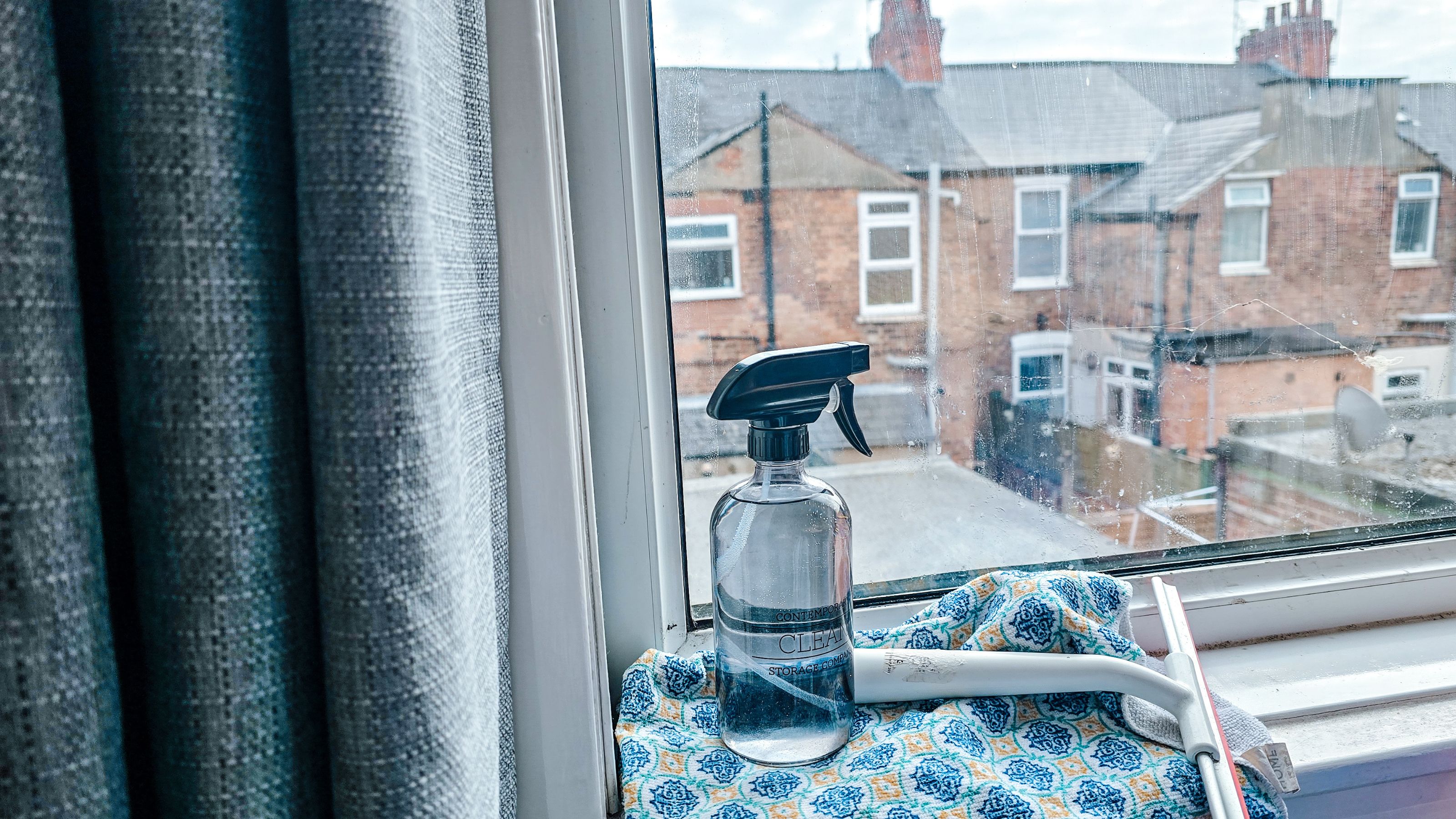 How to clean windows without streaks — 5 easy steps that cleaning pros always follow
How to clean windows without streaks — 5 easy steps that cleaning pros always followThis method on how to clean windows is favored by professional cleaners. We've asked them for the steps you should follow, plus picked cleaning buys
By Eve Smallman Last updated
-
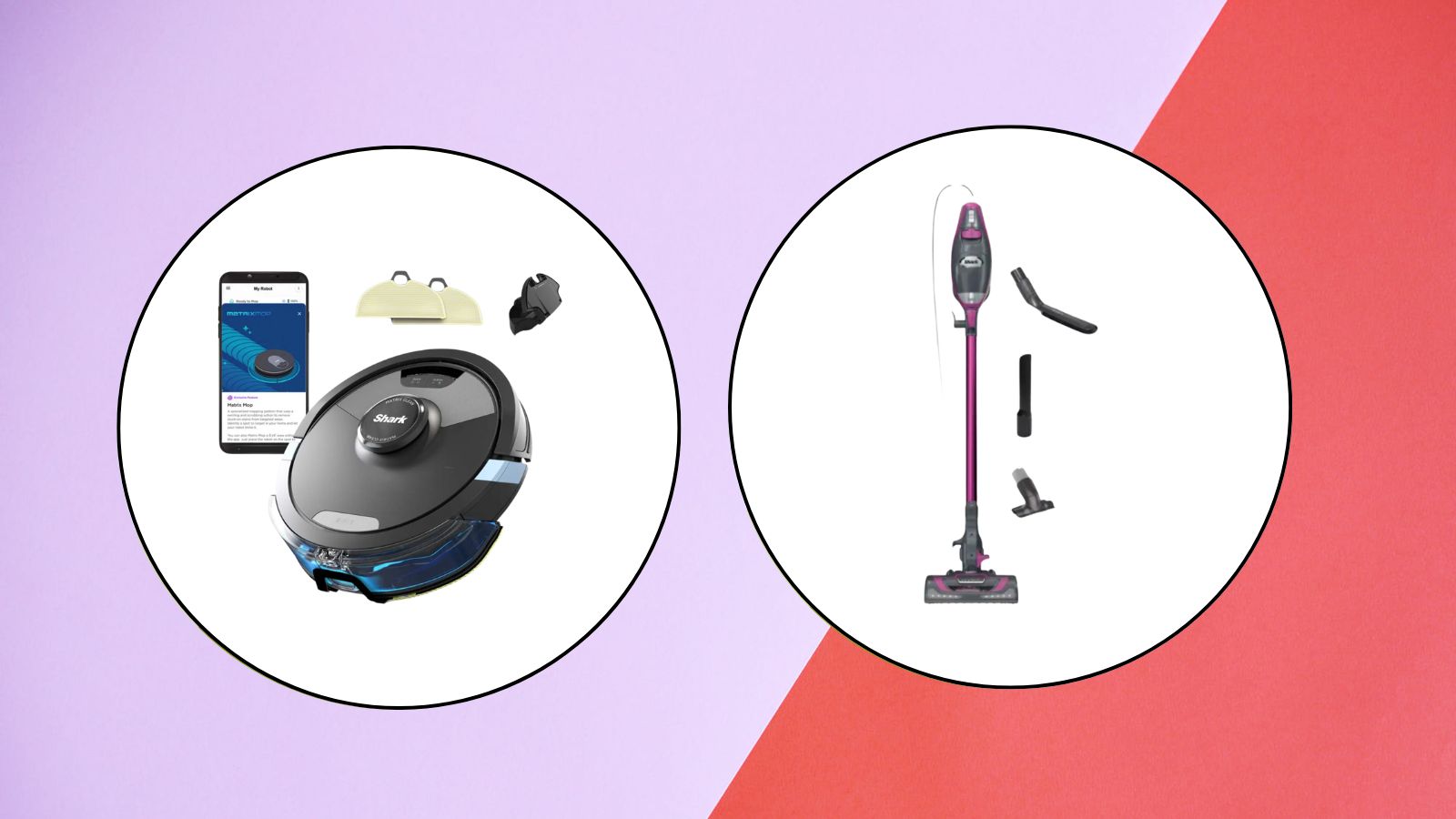 The latest Shark sale deals are perfect for pollen-proofing your home — with up to $150 off our favorite vacuums
The latest Shark sale deals are perfect for pollen-proofing your home — with up to $150 off our favorite vacuumsWe found the latest Shark sale deals on vacuums that are sure to be swooped up, especially as spring blooms trigger pollen allergies and we're in need of extra cleaning
By Danielle Valente Published
-
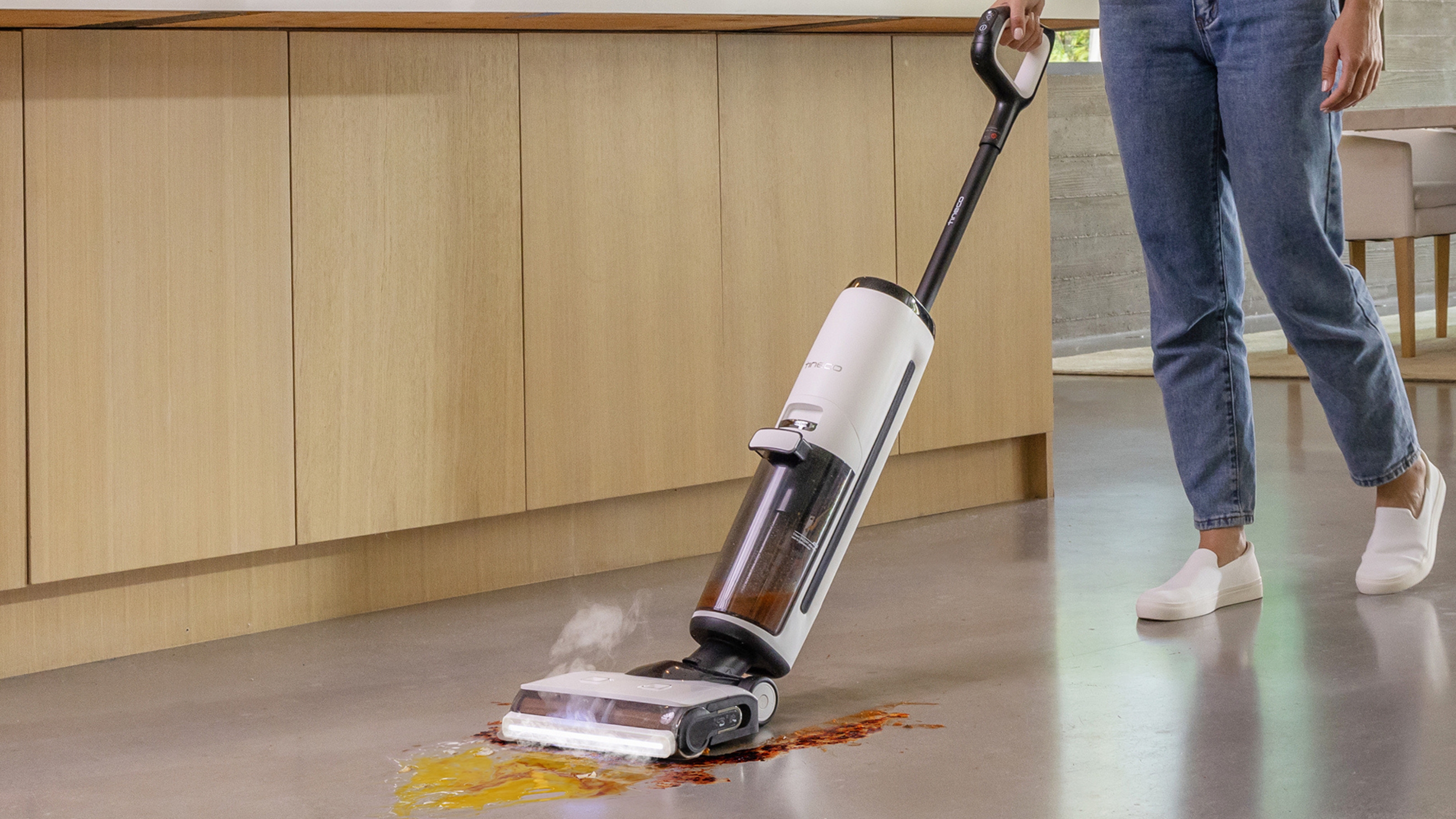
 Tineco Floor One S7 steam wet-dry vacuum review — spotless floors with minimal effort
Tineco Floor One S7 steam wet-dry vacuum review — spotless floors with minimal effortOur contributing editor, Camryn Rabideau, tests the Tineco Floor One S7 steam wet-dry vacuum in her New England homestead property
By Camryn Rabideau Published
-
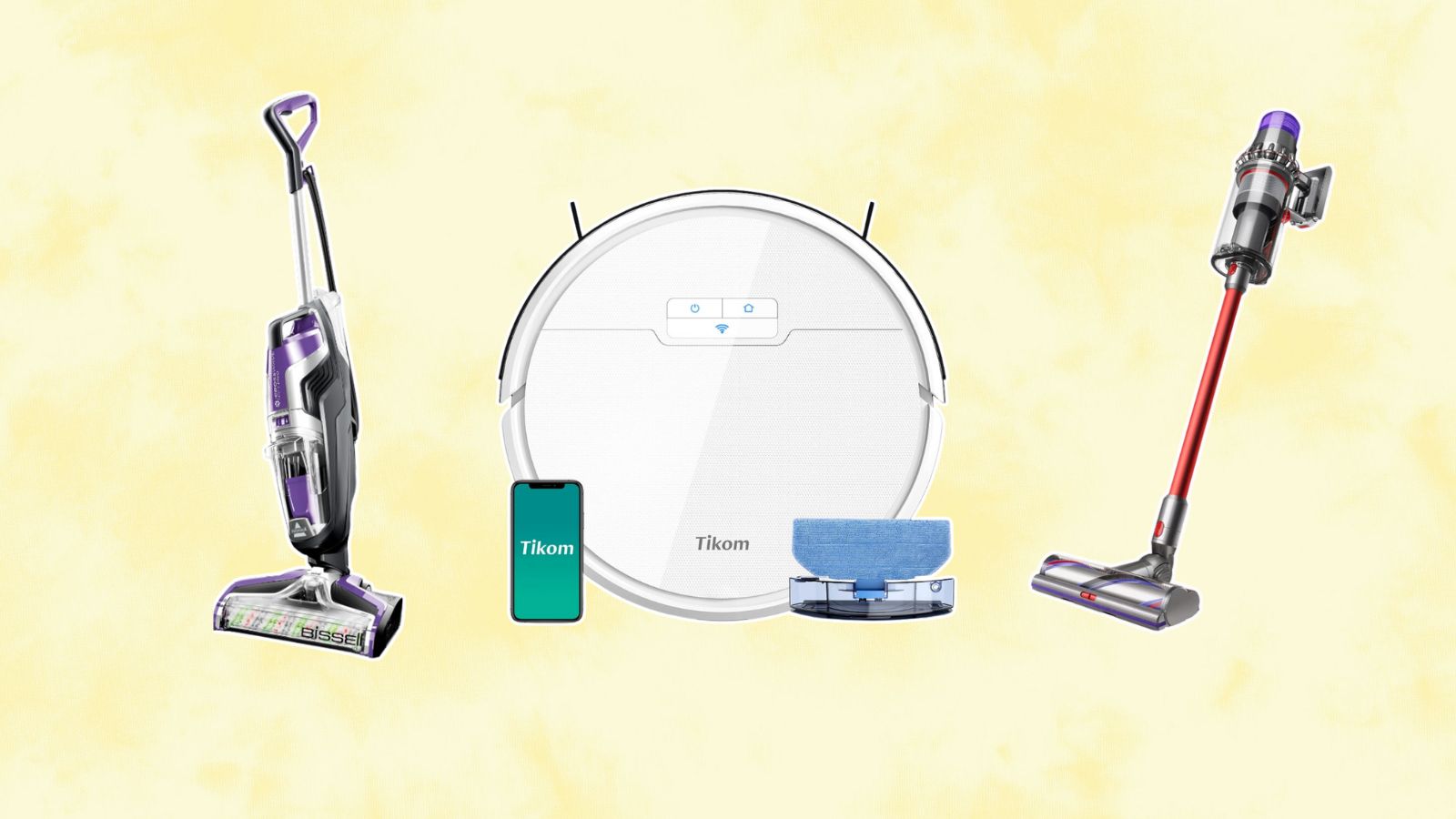 Amazon vacuum cleaners to nab during the retailer's Big Spring Sale — save up to 60% off our go-to small-space finds
Amazon vacuum cleaners to nab during the retailer's Big Spring Sale — save up to 60% off our go-to small-space findsChecking out the savings on Amazon? Vacuum cleaners are a must-buy during their first Big Spring Sale — here are our favorites up to 60% off
By Danielle Valente Published
-
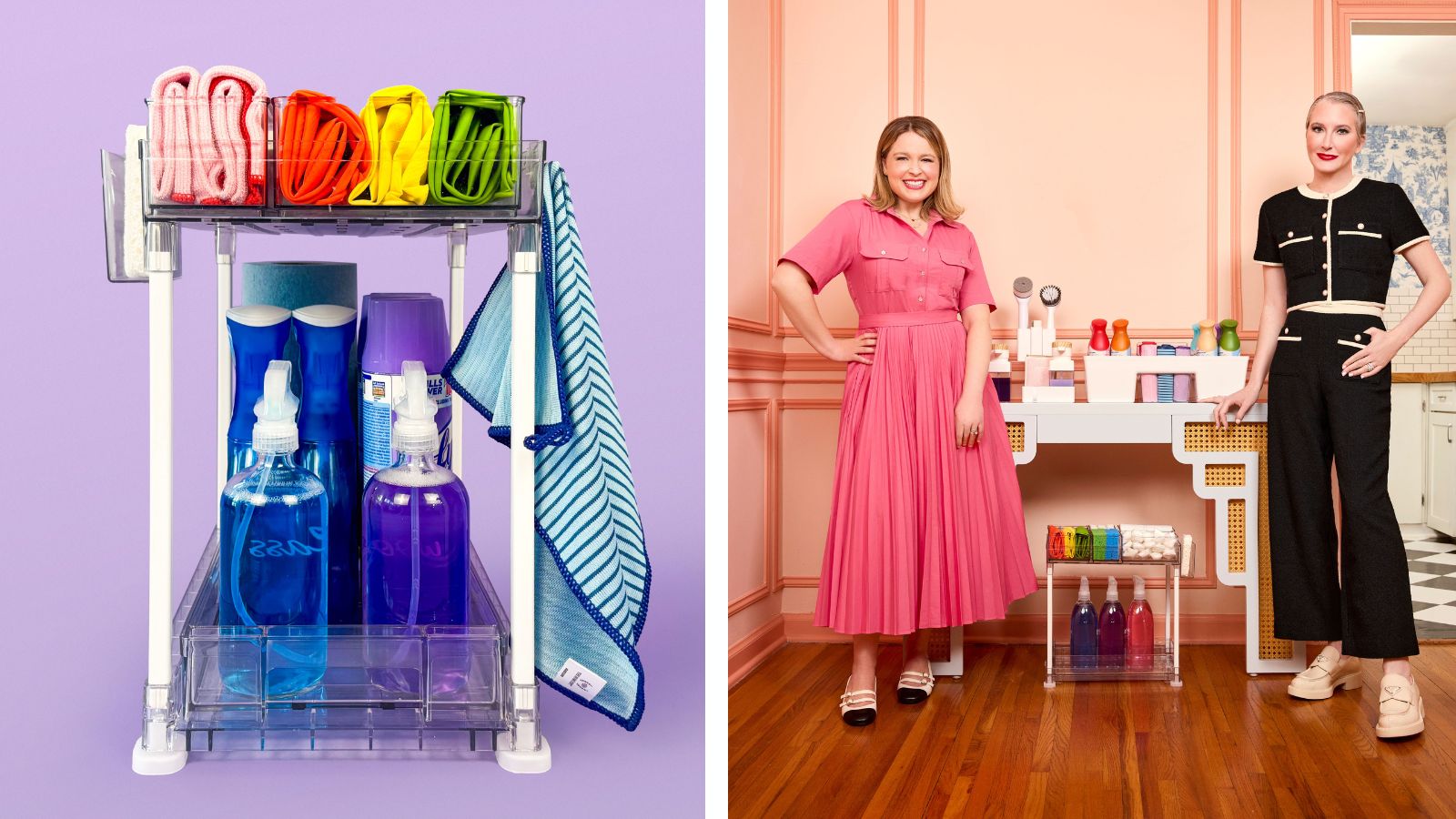 The Home Edit Walmart cleaning collection has just debuted with finds from $3
The Home Edit Walmart cleaning collection has just debuted with finds from $3Spring cleaning, anyone? The Home Edit Walmart cleaning collection has hit shelves with picks from $3
By Danielle Valente Published
-
 How to clean carpet on stairs — 3 simple steps to a spruced up staircase
How to clean carpet on stairs — 3 simple steps to a spruced up staircaseWant to know how to clean carpet on stairs? Our experts explain the simple steps to a sparkling stairway without too much elbow grease
By Andy van Terheyden Published
-
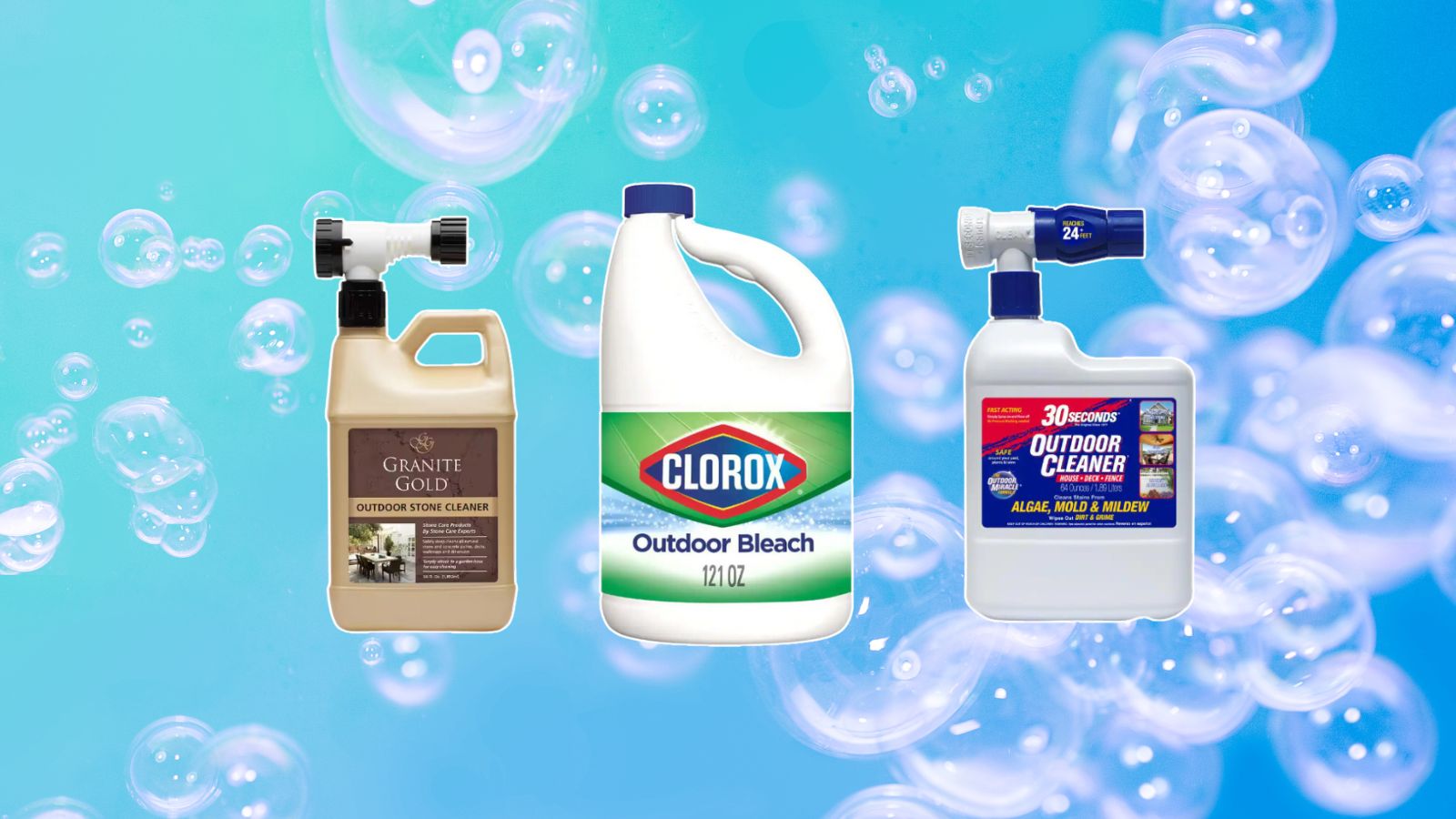 The Home Depot backyard and patio cleaning supplies we're stocking up on before spring
The Home Depot backyard and patio cleaning supplies we're stocking up on before springDon't forget the outdoors when spring cleaning — The Home Depot backyard and patio cleaning buys from $11 will assist with tidying up
By Danielle Valente Published
-
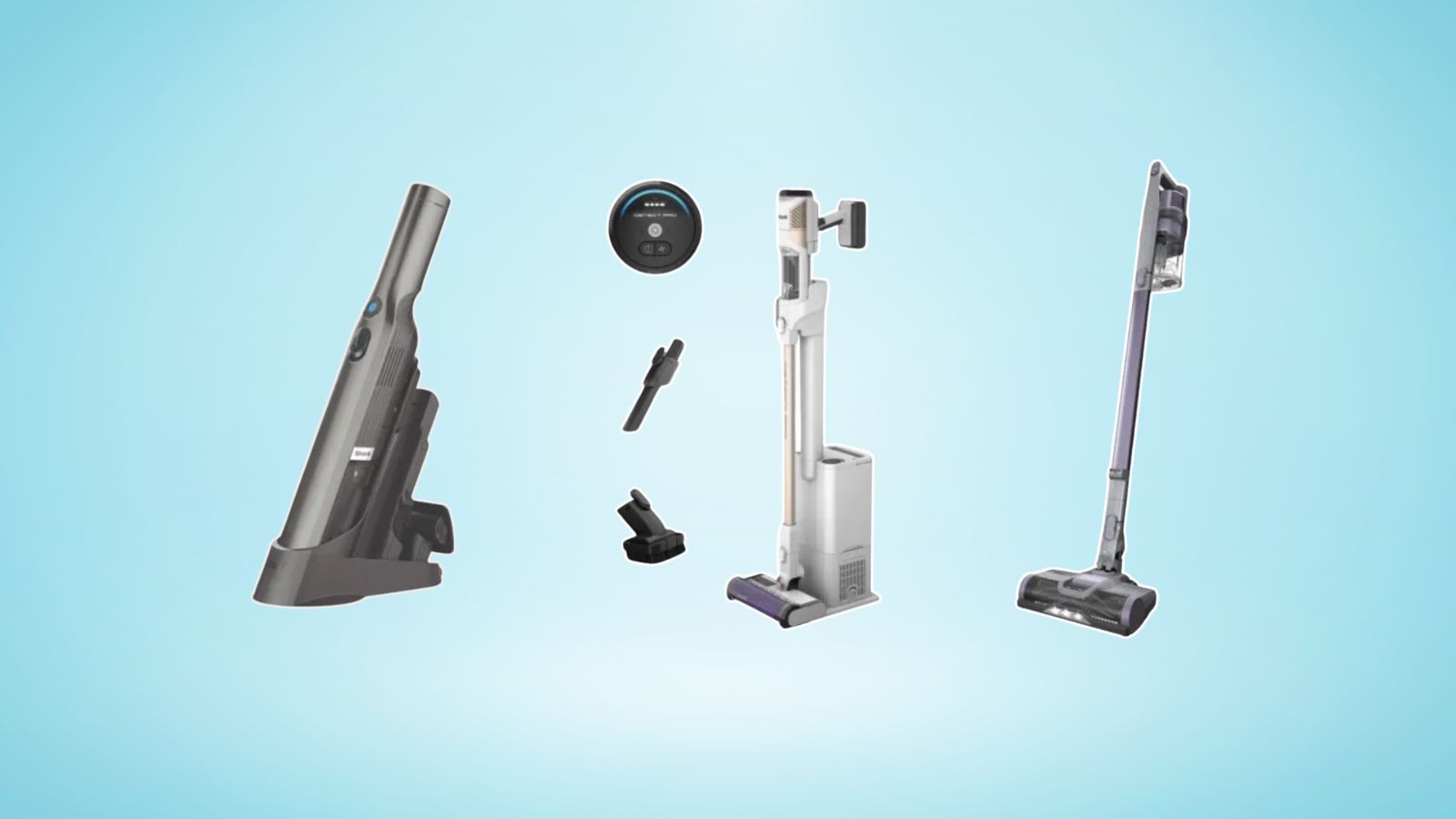 The Shark Detect Pro vacuum and other models are on sale for St Patrick's Day — perfect picks for your spring clean
The Shark Detect Pro vacuum and other models are on sale for St Patrick's Day — perfect picks for your spring cleanWhether you're eyeing the Shark Detect Pro Vacuum or Shark Pet Cordless Stick Vacuum, shop the St. Patty's Day sale for a discount on the best vacuums on shelves
By Danielle Valente Published

